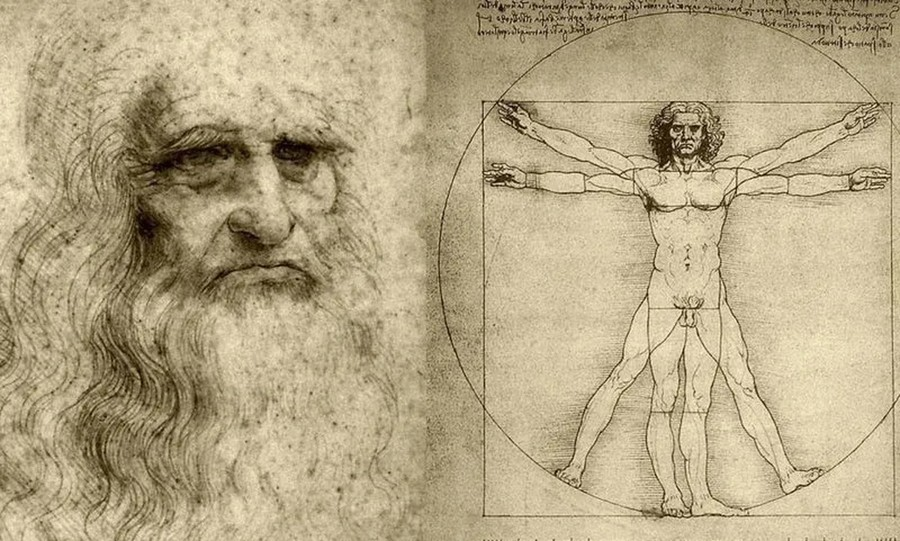An ancient mosaic nearly 2,000 years old depicting the mythical Medusa has been unveiled once again to the public in the ancient city of Kibyra, located in the Gölhisar district of Burdur Province in southwestern Turkey.
During the winter months, the mosaic was carefully covered to protect it from harsh weather, but with the arrival of spring, it is now on display again for the 2025 summer season.
A Unique Technique and Architectural Setting
The Medusa mosaic was crafted using a rare technique known as opus sectile, which involves assembling precisely cut, multicolored marble pieces into intricate designs. This sophisticated method makes the mosaic one of the very few surviving examples of its kind anywhere in the world.
The artwork adorns the floor of the city’s odeon, a multifunctional venue in antiquity used for concerts, assemblies, theatrical performances, and even court proceedings. This structure stands as the central architectural element of ancient Kibyra—known in antiquity as the “City of Gladiators”—located approximately 108 kilometers from the city center of Burdur.
Protected Through the Winter
Throughout the winter, expert conservators carefully covered the mosaic to shield it from humidity and frost, both of which pose threats to its preservation. Now, with the protective layers removed, the site is open to visitors and will remain accessible until late November 2025.
Professor Şükrü Özüdoğru, an archaeologist leading the excavations at Kibyra and a faculty member at Mehmet Akif Ersoy University, announced the reopening of the site via his social media channels.
The Medusa Legend
Medusa, or Gorgo, was one of the three Gorgons in Greek mythology and the only one who was mortal. She was infamous for her deadly gaze, which could turn anyone who looked at her with ill intent into stone. This iconic trait is vividly captured in the mosaic, rendered with extraordinary detail.
Her presence in such a public space likely served an apotropaic purpose—intended to ward off evil and protect the building from harm, much like the concept of the “evil eye” in Mediterranean folklore.
A Masterpiece of Design and Preservation
Experts emphasize that what makes this piece truly unique is not only its artistic technique and stunning design but also its remarkable state of preservation after nearly two millennia. It stands as a rare and powerful testament to the skill of ancient artisans—and the enduring power of myth.








